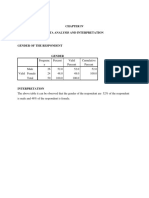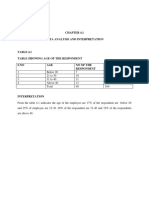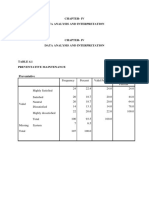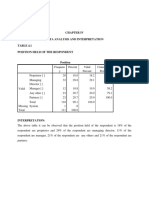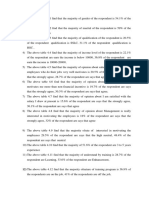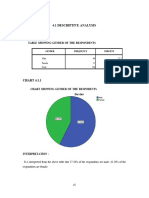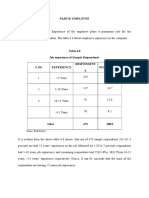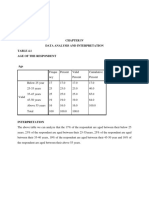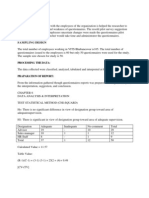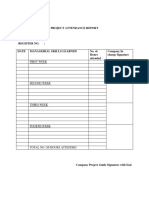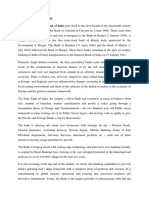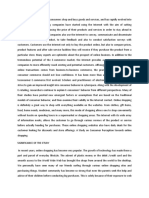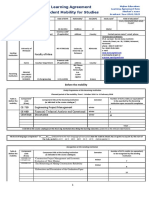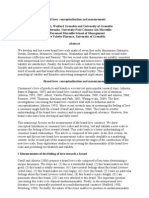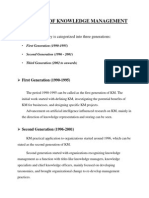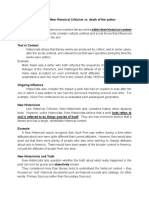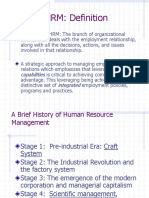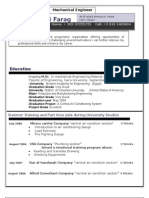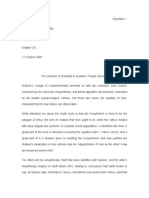0% found this document useful (0 votes)
69 views72 pagesSaravanakumar Gender
The document contains 11 tables summarizing survey results from 100 respondents on their demographics, job details, and satisfaction levels. It is found that: 51% of respondents were male, most were between 25-35 years old (36%), had an HSC education (36%), worked as inspectors (37%), were married (52%), had 5-10 years of experience (41%), and satisfaction levels varied across pay, work, policies and bonuses. Charts are provided to visualize each table.
Uploaded by
eshuCopyright
© © All Rights Reserved
We take content rights seriously. If you suspect this is your content, claim it here.
Available Formats
Download as DOCX, PDF, TXT or read online on Scribd
0% found this document useful (0 votes)
69 views72 pagesSaravanakumar Gender
The document contains 11 tables summarizing survey results from 100 respondents on their demographics, job details, and satisfaction levels. It is found that: 51% of respondents were male, most were between 25-35 years old (36%), had an HSC education (36%), worked as inspectors (37%), were married (52%), had 5-10 years of experience (41%), and satisfaction levels varied across pay, work, policies and bonuses. Charts are provided to visualize each table.
Uploaded by
eshuCopyright
© © All Rights Reserved
We take content rights seriously. If you suspect this is your content, claim it here.
Available Formats
Download as DOCX, PDF, TXT or read online on Scribd
/ 72














